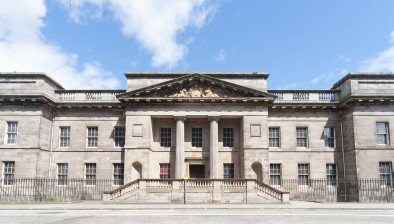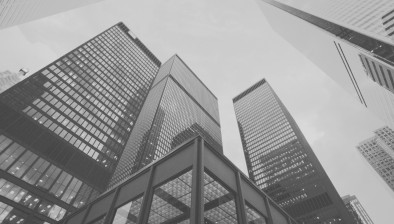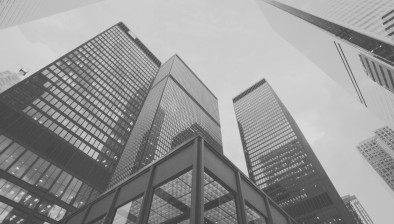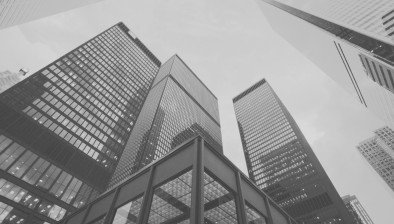Murphy House makes RIBA House of the Year award shortlist

A “rare example” of construction of a contemporary house within the World Heritage Site of the New Town of Edinburgh has been named among a number of properties to be shortlisted for the 2016 RIBA House of the Year award.
Murphy House, designed by Richard Murphy Architects, joins six other projects in the running for the award which is sponsored by Hiscox Home Insurance and run by the Royal Institute of British Architects (RIBA).
The projects are being revealed in a special four part TV series for Channel 4, Grand Designs: House of the Year.
During the course of the series, the seven homes shortlisted for the 2016 RIBA House of the Year award will be announced; the winner will be revealed on screen on December 15.
Other projects to be shortlisted for the 2016 RIBA House of the Year include:
The final entry will be announced on the day.
Speaking about Murphy House, RIBA judges said: “This project is a rare example of construction of a contemporary house within the World Heritage Site of the New Town of Edinburgh. It is a house designed by Richard Murphy for his own use and is consequently something of an architectural and environmental experiment. There are a number of agendas at work.
“Firstly, with a modest floor area of 165 m2 on a footprint of only 11 metre x 6 metre, (formerly half of a garden to an apartment on Forth Street), it nevertheless contains three bedrooms, a living/dining/kitchen area at varying levels, study, basement storage, garage, utility room and roof terrace.
“Secondly, it is an essay in how contemporary design might contribute to a historic and particular place in the New Town, in this instance an unresolved junction of two streets. The adjacent gable end should not have been exposed and the house deliberately responded by becoming a ‘bookend’ to it, with its front façade continuing the stonework pattern of the street façade.
“Thirdly, the house had to preserve the privacy and sky views from the adjacent apartment and this contributed to the bookend section.
“Fourthly, there is a very strong energy agenda in the new house. The roof consists of photovoltaic cells and substantial south-facing glazing. Underneath this are mechanised insulated shutters allowing the glass to generate heat when open but preventing it radiating heat when closed. A computerised internal air circulation system takes warm air from the top of the house to the basement via a gravel rock store to produce a delayed heat source for evening use. The main heating source for the house is a 150 metres deep ground source borehole connecting to a heat exchanger which feeds under-floor heating. All the major windows to the house have insulated shutters. Rainwater which follows a course of pools and waterfalls on the roof terrace finds its way to grey-water storage tanks in the basement and is then used to flush toilets and supply a sprinkler system. Heat is extracted from the flue of a log burning stove to pre-heat hot water.
“A final agenda is the many architectural influences at work. Not least is the work of Carlo Scarpa, on whom Richard Murphyis an authority. The roof terrace is a homage to the garden of the Querini Stampalia in Venice using the same exposed aggregate walls and sourcing tiles from Scarpa’s original manufacturer in Venice. Internally, the Venetian ‘stucco lucido’ coloured plasterwork is used extensively. The Sir John Soane Museum and the Maison de Verre are also great influences in the use of illusion and moving elements. Reitveld’s Schroder house makes an appearance in a ‘disappearing corner’ stone panel opening, designed to be the same proportions as his famous window.”





















